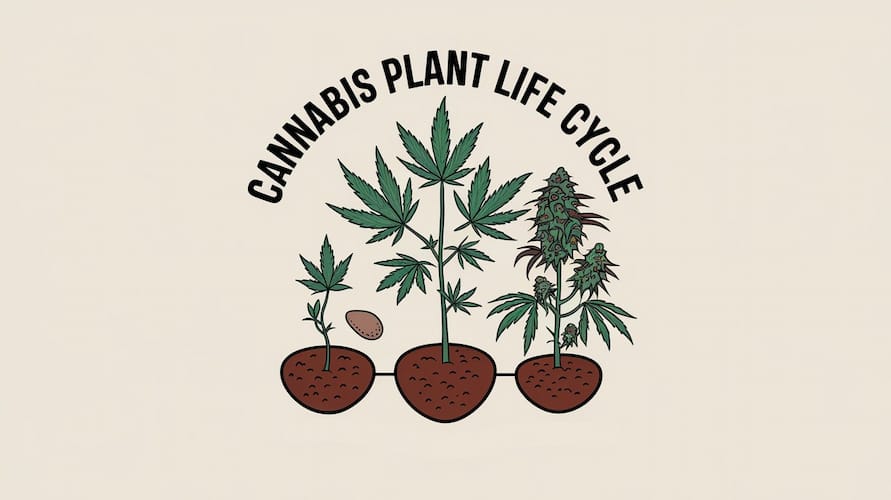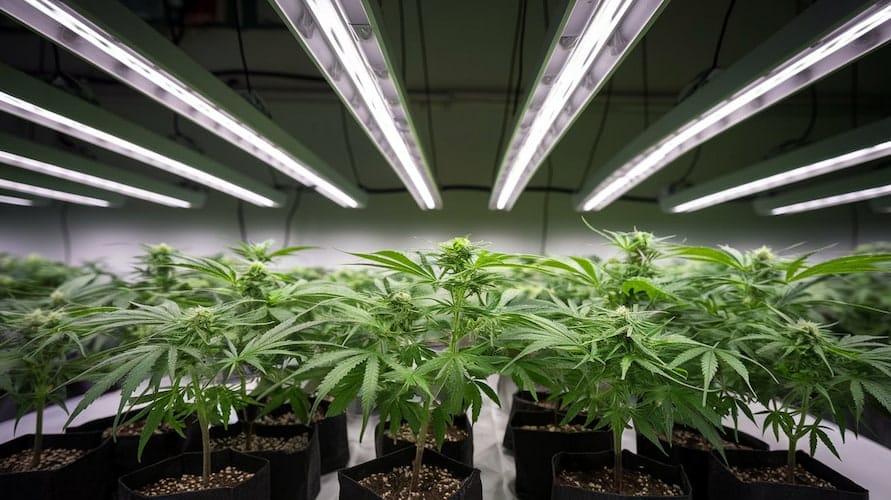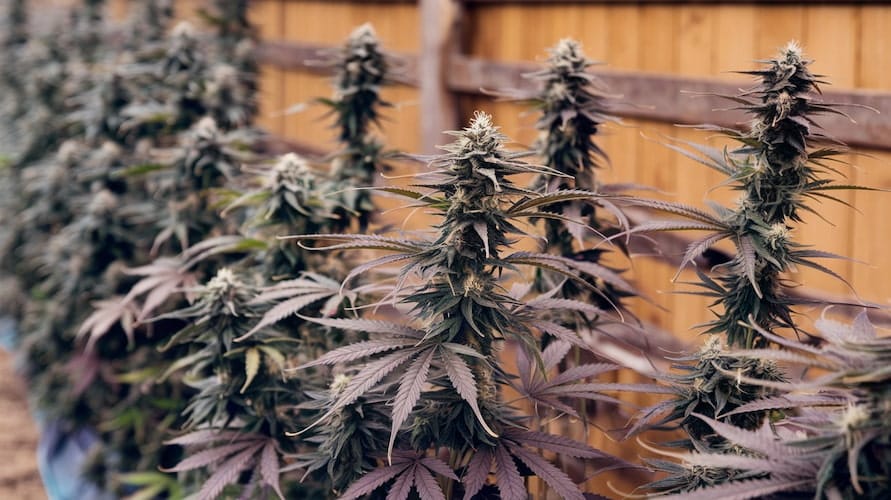The cannabis plant, a marvel of nature, undergoes a fascinating transformation from seed to harvest. Understanding the cannabis plant life cycle is essential for growers aiming to maximize yield, potency, and overall quality. Whether you’re a seasoned cultivator or a beginner, this detailed guide will illuminate every stage of this plant’s journey, offering tips and insights along the way.
Seed Stage
Cannabis begins its life as a tiny, seemingly unassuming seed, containing the genetic blueprint of the plant. Healthy seeds are hard, dry, and brown or striped, while pale or green seeds are less likely to germinate successfully. Germination requires moisture, warmth, and darkness. Common methods include placing seeds between moist paper towels or directly into soil about half an inch deep. Once the taproot emerges, usually within 24-72 hours, the seedling is ready to be planted in its first container.
- Healthy seeds are hard, dry, and dark in color.
- Germination methods include the paper towel method or direct planting in soil.
- Taproots typically emerge within 24-72 hours.
Seedling Stage
The seedling stage begins when the cotyledons, or first leaves, break through the soil. At this stage, plants require gentle care. They need 16-18 hours of light daily from fluorescent or LED grow lights, temperatures between 70-85°F, and humidity levels around 65-70%. Rapid growth of small, serrated leaves indicates a healthy seedling. However, overwatering, nutrient burn, or insufficient light can hinder development. Monitoring and consistent care are crucial to ensure these delicate plants establish strong roots and sturdy stems.
- Requires 16-18 hours of light daily.
- Ideal conditions include 70-85°F temperature and 65-70% humidity.
- Common issues: overwatering, nutrient burn, and stretching due to insufficient light.
Vegetative Stage
The next phase in the cannabis plant life cycle is known as the vegetative stage. During this period, the plants focus on growing leaves, stems, and roots. They thrive with 18-24 hours of light, temperatures between 70-85°F, and relative humidity between 40-70%. Nitrogen-rich nutrients support their vigorous growth. Plants may significantly increase in height and develop fan leaves with multiple fingers. Growers often implement techniques like low-stress training (LST) to encourage horizontal growth, topping to promote multiple colas, and defoliation to improve airflow and light penetration.
- Plants require 18-24 hours of light and nitrogen-rich nutrients.
- Ideal temperature: 70-85°F; humidity: 40-70%.
- Training techniques include LST, topping, and defoliation.
Pre-Flowering Stage
The pre-flowering stage is a transitional phase when plants begin to show their sex. Female plants develop white, hair-like pistils at their nodes, while male plants form round pollen sacs. Identifying and removing male plants is essential for growers seeking seedless buds. During this phase, humidity levels should gradually decrease to around 40-50%, and plants should be monitored closely for stress or deficiencies.
- Plants show their sex: females produce pistils, males form pollen sacs.
- Humidity levels should decrease to 40-50%.
- Lasts 1-2 weeks depending on strain and conditions.
Flowering Stage
During the flowering stage, the final part of the cannabis plant life cycle, cannabis plants produce the resinous buds coveted by growers. To trigger flowering, plants require a light schedule of 12 hours of light and 12 hours of uninterrupted darkness. Ideal temperatures range from 65-80°F, with humidity levels between 40-50%. Nutrient needs shift to phosphorus and potassium-rich formulas. Early in this stage, plants stretch and form buds at their nodes. As weeks progress, buds swell, trichome production increases, and the plant’s aroma intensifies. Growers must manage humidity to prevent mold, support heavy branches, and regularly inspect for pests.
- Requires a 12/12 light schedule to trigger flowering.
- Optimal conditions: 65-80°F and 40-50% humidity.
- Nutrients should focus on phosphorus and potassium.
- Buds swell and trichome production increases over time.
Harvesting Cannabis Plants
Harvesting cannabis at the right time is critical for optimal potency and flavor. Indicators of readiness include trichomes turning cloudy or amber, pistils darkening and curling inward, and a rich, pungent aroma. Harvesting involves cutting branches carefully, removing large fan leaves, and hanging the branches upside down in a dark, well-ventilated space. Proper drying conditions—60-70°F and 50% humidity—ensure a smooth transition to the curing stage, which further enhances the cannabis’s quality.
- Signs of harvest readiness: cloudy/amber trichomes, dark pistils, strong aroma.
- Drying conditions: 60-70°F and 50% humidity.
- Branches are hung upside down for drying.
Drying and Curing Cannabis Buds
Drying and curing preserve cannabinoids and terpenes while improving flavor and overall quality. Drying typically takes 7-14 days, during which buds should feel dry but not brittle, and stems should snap instead of bend. Curing involves placing trimmed buds in airtight jars stored in a cool, dark place. For the first week, jars are opened daily to release moisture and prevent mold. Over several weeks to months, curing enhances the cannabis’s smoothness and potency, elevating it from good to exceptional.
- Drying duration: 7-14 days; buds should feel dry, stems should snap.
- Curing: Airtight jars opened daily for the first week.
- Enhances smoothness and potency over weeks or months.
Cloning and Regeneration
Cloning and regeneration allow growers to preserve a specific phenotype or extend the life of a plant. Cloning involves taking cuttings from a healthy plant, dipping them in rooting hormone, and planting them in a suitable medium. High humidity and gentle light encourage root development. Regeneration, or re-vegging, involves leaving some foliage and buds on a harvested plant and increasing light exposure to revert it to the vegetative stage.
- Cloning: Cuttings are rooted in a suitable medium with high humidity.
- Regeneration: Harvested plants are reverted to vegetative growth with increased light.
- Saves time compared to starting from seed.
Cannabis Plant Life Cycle: Conclusion
The cannabis plant life cycle is a testament to nature’s resilience and adaptability. Each stage—from seed to harvest—offers unique challenges and rewards, blending art and science in cultivation. By understanding the nuances of each phase, growers can nurture their plants to their full potential, resulting in a bountiful harvest of top-quality cannabis.
Whether you’re growing for personal enjoyment or commercial purposes, the journey from seed to harvest is immensely satisfying. Embrace the process, experiment with techniques, and watch as your cannabis plants thrive under your care.





